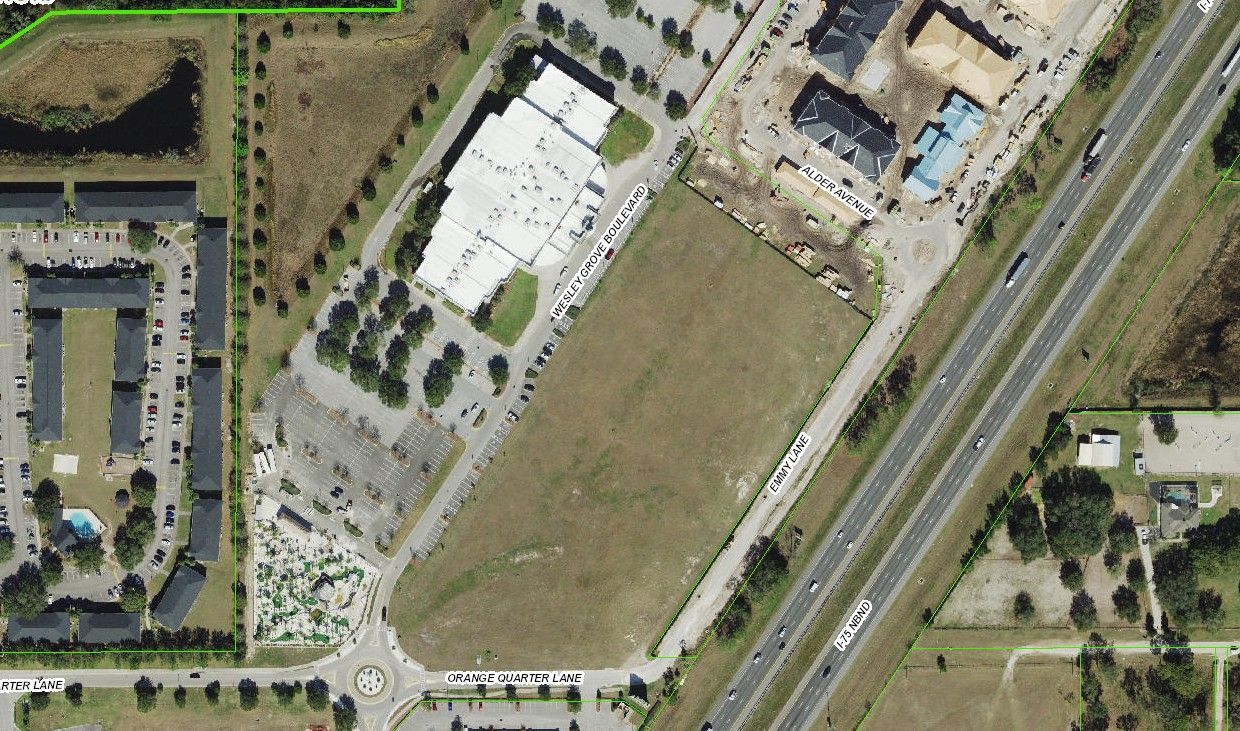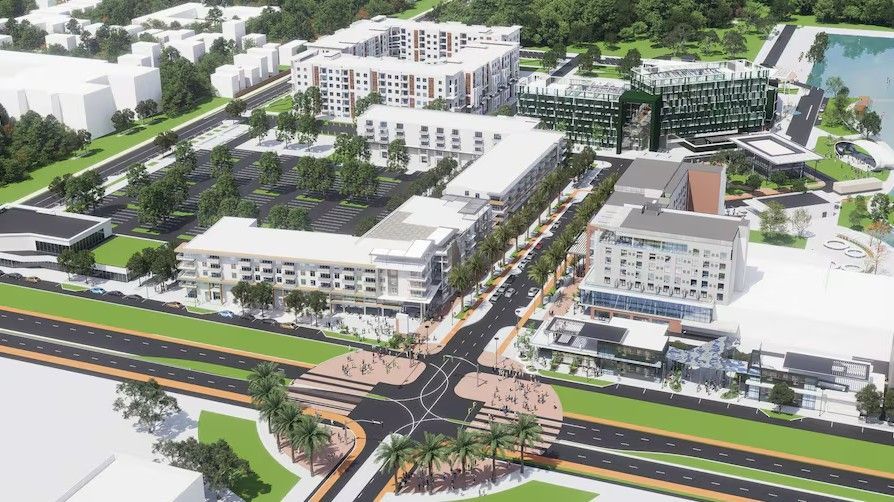WeWork Files for Chapter 11 Bankruptcy
Amid a historical downturn in the office market, WeWork has filed for Chapter 11 bankruptcy in the state of New Jersey on Monday. In the filing, they seek court approval of rejection for 69 commercial real-estate leases they say are underperforming. Over half of these leases are in New York.
Chief Executive David Tolley says 90% of the company’s lenders will convert their debt into equity, eliminating $3 billion in debt. Today WeWork has said most existing shares will be deemed worthless as part of the reorganization plan that is proposed, besides shares held by SoftBank, who holds over 50% of the company’s common shares. Instead, SoftBank will cancel its existing debts and retain the existing shares, announced WeWork. According to court papers, subsidiaries of SoftBank’s vision fund owns approximately 56% of the company’s shares outstanding.
WeWork was valued at $47 billion during its peak, and now faces the harsh consequences of rapid, excessive expansion leaving the company with an abundance of unprofitable locations. Hundreds of long-term office leases were signed by the office-space provider at the top of the market in the late 2010’s. demand for desks fell while vacancies reached historical highs during the pandemic, and WeWork remained on the hook for billions of dollars of rent payments to landlords. Losses totaled $16 billion in June, as the company churned through all the money raised from investors and lenders over the past decade.
Under co-founder Adam Neumann, who was forced out of the company in 2019, WeWork had agreed to corporate lease guarantees that often amounted to years of rent, leaving the company with no easy way to ditch and renegotiate unprofitable leases. WeWork first signaled back in August that they were at high risk for going out of business due to the continuing decreased demand for office space and a higher then expected member loss. Despite amending or cancelling hundreds of leases since 2019, the high cost of rent and low occupancy remained a challenge and ultimately led to company to where they are today.
In 2019, at the peak value, the company was working towards a highly anticipated initial public offering, which was scrapped and WeWork went public years later at a fraction of the former $47 billion valuation. Under Neumann, WeWork had indulged in pricey diversions including investing in an artificial wave company, and large purchases such as a $63 million jet. During Neumann’s stewardship, the company lost a dollar for every dollar it took in for years. When Neumann was eventually forced out, WeWork attempted to clean up the management team and cut out side investments made by Neumann but the business model, which was vulnerable to any softening in the office market, ultimately failed.
WeWork subleased space to small tenants at high rates for as little as a month at a time. Customers could ditch their desks in the event of a downturn, and WeWork remained on the hook for rent payments. Because the office market derailed during the pandemic, and WeWork remained a bit too optimistic regarding the return to office measures companies would take, it is an opinion that WeWork did not work as aggressively as they could have earlier on to terminate or renegotiate ongoing leases.
40 of the 69 leases that WeWork has filed to reject are in New York. The company is also actively negotiating with over 400 landlords to amend existing leases. Tolley had previously told the Wall Steet Journal in in August that the company was seeking to avoid filing for chapter 11 by negotiating leases and reducing rental costs, but court papers field Tuesday exhibit that the company’s limited financial resources didn’t have the sufficient runway to complete and out of court rationalization of their lease portfolio. Locations outside of the US and Canada are not impacted by the bankruptcy filing.
Court documents state WeWork owns around $15 billion in assets and carries debts totaling $18.6 billion. The business reports they owe over $100 million in unpaid rent and lease termination fees to various real estate companies and property owners, some of which will dispute before the bankruptcy court.
Over 400 corporate entities affiliated with WeWork filed for bankruptcy as well on Monday, such as the individual subsidiaries WeWork established to run their properties around the world. WeWork has filed a motion to consolidate all of these cases to be managed as a single bankruptcy proceeding.
WeWork has a Tampa location at 501 East Kennedy Blvd., Tampa, FL 33602
Thank you for your interest. If you are in need of Appraisal & Valuation services in the West Central Florida Market, contact:
Mike Cliggitt, MAI, MRICS, CCIM
813.405.1705 | 863.661.1165 - Direct Lines
Source: The Wall Street Journal
SHARE CONTENT





